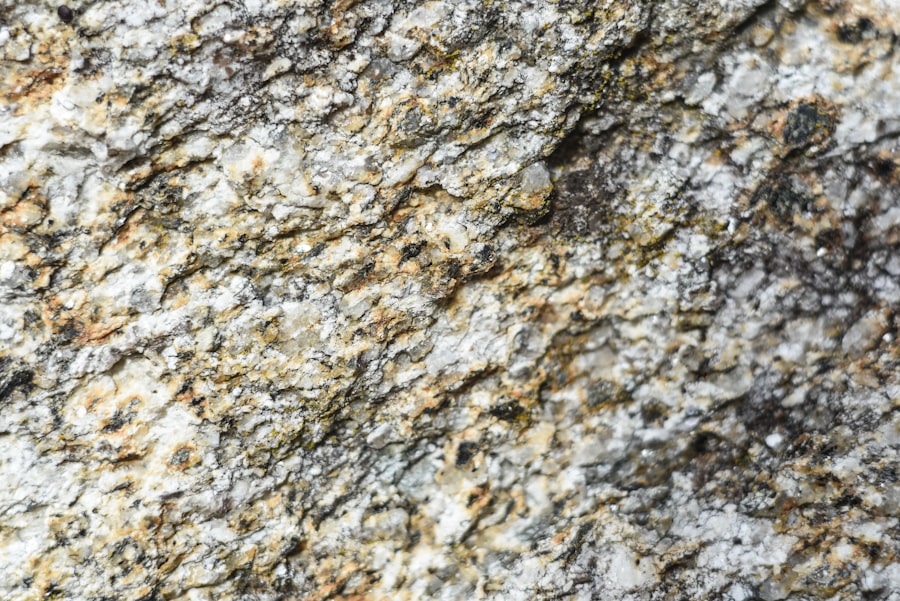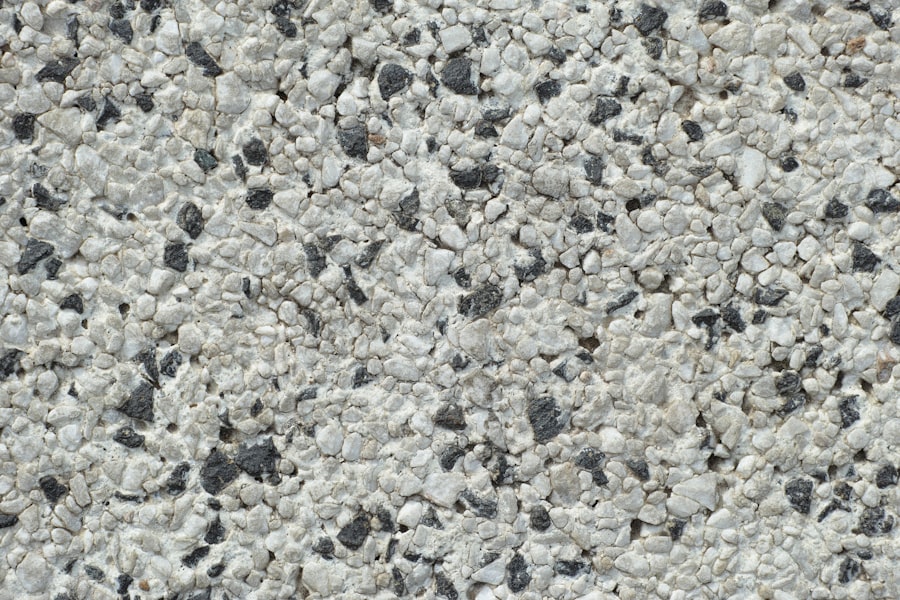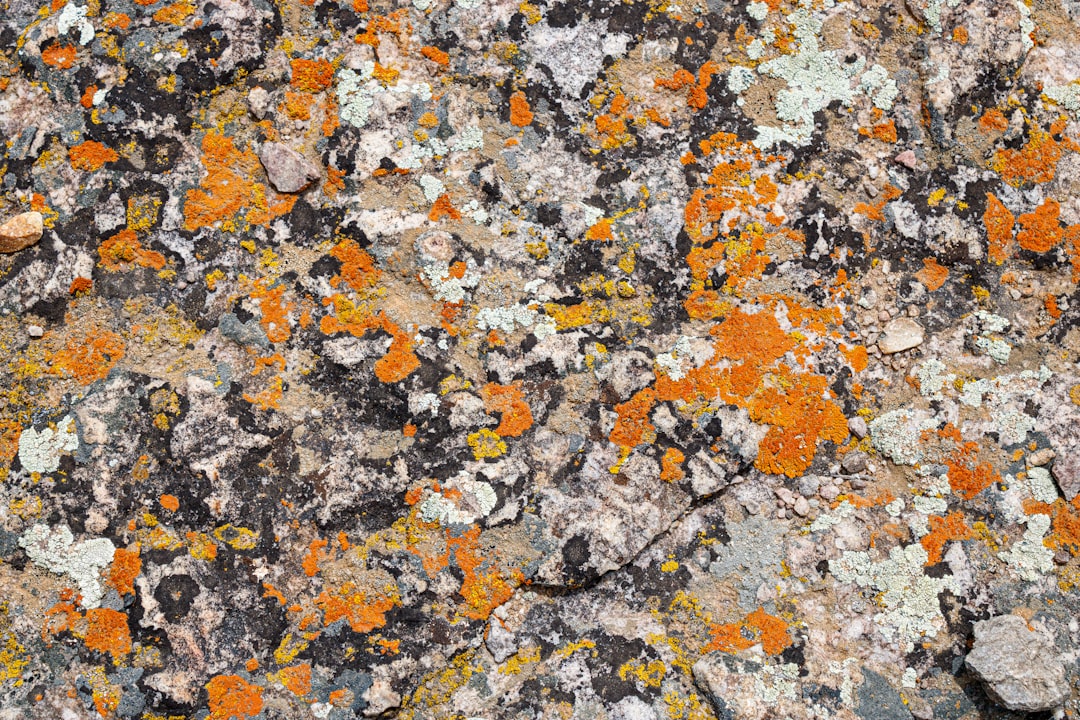The King’s Chamber, located within the Great Pyramid of Giza, is a remarkable architectural feat that has captivated historians, archaeologists, and tourists alike for centuries. At the heart of this enigmatic structure lies the King’s Chamber Granite, a material that not only contributes to the grandeur of the pyramid but also serves as a testament to the advanced engineering skills of ancient Egyptians. This granite, with its unique characteristics and historical significance, has become a focal point for understanding the construction techniques and cultural values of one of the most iconic civilizations in history.
The King’s Chamber itself is an awe-inspiring space, characterized by its precise dimensions and intricate design. The use of granite in this chamber is particularly noteworthy, as it reflects the Egyptians’ ability to manipulate natural resources to create enduring monuments. The granite’s presence in such a pivotal location within the pyramid raises questions about its selection, transportation, and the symbolic meanings attributed to this enduring stone.
As one delves deeper into the geological origins, mineral composition, and historical context of the King’s Chamber Granite, a richer understanding of its significance emerges.
Key Takeaways
- The King’s Chamber Granite is a significant component of the Great Pyramid of Giza, known for its historical and cultural importance.
- The granite in the King’s Chamber has a geological origin in Aswan, Egypt, and is formed from the cooling and solidification of magma.
- The mineral composition of the granite includes quartz, feldspar, and mica, giving it a durable and visually appealing quality.
- The physical properties of the granite, such as its hardness and resistance to erosion, made it an ideal building material for ancient Egyptian structures.
- The King’s Chamber Granite holds historical significance as a symbol of power and eternity in ancient Egyptian culture, reflecting the beliefs and values of the civilization.
- The methods of quarrying and transporting the granite involved skilled labor and advanced engineering techniques, showcasing the ingenuity of ancient Egyptian builders.
- Granite played a crucial role in ancient Egyptian architecture, providing structural stability and conveying a sense of grandeur and permanence in monumental constructions.
- In ancient Egyptian culture, granite symbolized strength, longevity, and divine connection, influencing its use in religious and funerary contexts.
- Conservation and preservation efforts are essential to protect the King’s Chamber Granite and other ancient Egyptian artifacts for future generations.
- Modern uses of similar granite include construction, sculpture, and interior design, demonstrating its enduring legacy and versatility in contemporary applications.
Geological Origin of the Granite
The geological origins of the King’s Chamber Granite can be traced back to ancient times when tectonic forces shaped the landscape of Egypt. This granite is primarily sourced from quarries located in Aswan, a region renowned for its high-quality stone. The formation of granite occurs through the slow crystallization of magma beneath the Earth’s surface, resulting in a dense and durable rock that has stood the test of time.
The specific type of granite used in the King’s Chamber is known for its fine grain and striking appearance, which adds to the aesthetic appeal of the pyramid. Aswan’s granite quarries have been utilized since antiquity, making them a vital resource for construction projects throughout Egyptian history. The geological processes that formed this granite are complex, involving millions of years of geological activity.
The result is a stone that not only possesses physical strength but also carries a sense of permanence and stability—qualities that were highly valued by the ancient Egyptians as they sought to create structures that would endure for eternity.
Mineral Composition of the Granite

The mineral composition of the King’s Chamber Granite is a key factor in its durability and visual appeal. This granite primarily consists of quartz, feldspar, and mica, which together create a robust and resilient material. Quartz, known for its hardness and resistance to weathering, forms a significant portion of the granite, contributing to its longevity.
Feldspar adds to the granite’s structural integrity while providing a range of colors that can vary from pink to gray, depending on its specific mineral content. Mica, another important component, imparts a shimmering quality to the granite, enhancing its aesthetic value. The interplay of these minerals not only defines the physical characteristics of the stone but also influences how it interacts with light and weathering processes over time.
Understanding the mineral composition of the King’s Chamber Granite provides insight into why this material was chosen for such an important architectural project and how it has maintained its grandeur throughout millennia.
Physical Properties of the Granite
| Physical Properties of Granite | Value |
|---|---|
| Color | Varies (typically pink, gray, or white) |
| Hardness | 6-7 on Mohs scale |
| Density | 2.63 – 2.75 g/cm³ |
| Porosity | Low |
| Water Absorption | Less than 1% |
The physical properties of King’s Chamber Granite are integral to its role in ancient Egyptian architecture. One of its most notable characteristics is its exceptional hardness, which makes it resistant to scratching and erosion. This durability is crucial for structures intended to last for thousands of years, as it ensures that they can withstand both natural elements and human activity.
Additionally, granite’s low porosity means that it does not absorb water easily, further protecting it from weather-related damage. Another significant property is its thermal stability. Granite can endure extreme temperature fluctuations without cracking or warping, making it an ideal choice for construction in Egypt’s harsh climate.
The stone’s density also contributes to its strength; it is heavy and solid, providing a sense of permanence that aligns with the Egyptians’ beliefs about the afterlife and their desire to create lasting monuments for their pharaohs. These physical properties not only highlight the practical advantages of using granite but also underscore its symbolic importance in ancient Egyptian culture.
Historical Significance of the King’s Chamber Granite
The historical significance of King’s Chamber Granite extends beyond its physical attributes; it embodies the cultural and spiritual aspirations of ancient Egypt. The Great Pyramid itself was constructed during the Fourth Dynasty under Pharaoh Khufu’s reign, serving as a monumental tomb designed to facilitate his journey into the afterlife. The choice of granite for the King’s Chamber reflects a deliberate decision to use materials that conveyed strength and permanence—qualities associated with divine power and eternal life.
Moreover, the construction techniques employed in working with this granite reveal much about ancient Egyptian society. The ability to quarry, transport, and precisely cut such a dense material demonstrates advanced engineering skills and organizational capabilities. It suggests a society that was not only capable of monumental architecture but also possessed a deep understanding of their environment and resources.
The King’s Chamber Granite thus stands as a symbol of both technological achievement and spiritual significance within the broader context of ancient Egyptian civilization.
Methods of Quarrying and Transporting the Granite

The methods used to quarry and transport King’s Chamber Granite are as fascinating as they are complex. Ancient Egyptians employed various techniques to extract granite from quarries in Aswan, utilizing tools made from harder stones or copper to carve out blocks from solid rock faces. Workers would use chisels and hammers to break apart large sections of granite, often employing wooden wedges soaked in water to aid in splitting the stone along natural fissures.
Once quarried, transporting these massive blocks posed another significant challenge. The Egyptians devised ingenious methods to move granite over long distances, often using sledges pulled by teams of laborers or oxen. Recent studies suggest that they may have poured water on sand in front of these sledges to reduce friction, making it easier to slide heavy stones across the desert terrain.
This logistical feat required careful planning and coordination among workers, showcasing their ingenuity and determination in overcoming obstacles.
The Role of Granite in Ancient Egyptian Architecture
Granite played a pivotal role in ancient Egyptian architecture, particularly in monumental structures like temples and pyramids. Its strength and durability made it an ideal choice for buildings intended to last for eternity. In addition to the King’s Chamber within the Great Pyramid, granite was used extensively in other significant sites such as Karnak Temple and Luxor Temple, where it served both structural and decorative purposes.
The use of granite also had symbolic implications; it was often associated with divinity and immortality. By incorporating this enduring material into their sacred spaces, ancient Egyptians sought to create environments that reflected their beliefs about life after death and their connection to the divine. The presence of granite in these architectural masterpieces not only enhanced their physical grandeur but also reinforced their spiritual significance within Egyptian culture.
The Symbolism of Granite in Ancient Egyptian Culture
In ancient Egyptian culture, granite was more than just a building material; it held profound symbolic meaning. The stone’s permanence represented stability and continuity—qualities that were essential in a society deeply concerned with life after death and the preservation of legacy. Pharaohs were often buried in tombs constructed from granite as a way to ensure their safe passage into the afterlife, reflecting their belief in immortality.
Furthermore, granite’s association with strength and resilience made it an ideal symbol for kingship itself. Pharaohs were seen as divine rulers who embodied both earthly power and celestial authority; thus, using granite in their tombs reinforced their status as eternal figures within Egyptian mythology. This symbolism extended beyond royal tombs; it permeated various aspects of daily life and religious practices, illustrating how deeply ingrained granite was in the cultural fabric of ancient Egypt.
Conservation and Preservation of the King’s Chamber Granite
The conservation and preservation of King’s Chamber Granite have become increasingly important as awareness grows regarding the threats posed by environmental factors and human activity. Over centuries, exposure to pollution, humidity fluctuations, and temperature changes has taken a toll on this ancient stone. Efforts are underway to monitor its condition closely and implement strategies aimed at mitigating damage while ensuring that future generations can appreciate its historical significance.
Restoration projects often involve careful cleaning techniques designed to remove harmful substances without damaging the stone itself.
These initiatives reflect a commitment not only to preserving an architectural marvel but also to safeguarding an essential piece of human history that continues to inspire awe and curiosity.
Modern Uses of Similar Granite
In contemporary times, granite remains a popular choice for various applications beyond historical architecture. Its durability and aesthetic appeal make it ideal for countertops, flooring, monuments, and even sculptures. Modern quarrying techniques have evolved significantly since ancient times; however, many principles remain unchanged—emphasizing precision cutting and careful handling to maintain quality.
Moreover, similar granites sourced from various regions around the world are now utilized in construction projects that seek to evoke timelessness or grandeur reminiscent of ancient structures like those found in Egypt. Architects often draw inspiration from historical uses while incorporating modern design elements into their work—creating spaces that honor tradition while embracing innovation.
The Enduring Legacy of the King’s Chamber Granite
The legacy of King’s Chamber Granite endures as a symbol not only of ancient Egyptian engineering prowess but also as a testament to humanity’s quest for permanence amidst transience. Its geological origins tell a story spanning millions of years; its mineral composition reveals nature’s artistry; its physical properties showcase resilience against time; while its historical significance connects us with a civilization that sought immortality through monumental architecture. As modern society continues to grapple with issues related to conservation and preservation, understanding the importance of materials like granite becomes increasingly vital.
The King’s Chamber Granite serves as both an inspiration for contemporary architects seeking durability in design and a reminder that our built environment can reflect deeper cultural values—echoing through time long after we are gone. In this way, it remains not just a stone but an enduring legacy woven into humanity’s shared history.
The granite composition of the King’s Chamber in the Great Pyramid of Giza has intrigued researchers for years, revealing insights into ancient construction techniques and the geological history of the region. For a deeper understanding of the materials used in this monumental structure, you can explore a related article that discusses various geological findings and their implications. Check it out here: xfilefindings.
com/’>XFile Findings.
WATCH THIS! Nikola Tesla’s Forbidden Secret: The Great Pyramid Was a Power Plant
FAQs
What is the composition of the granite in the King’s Chamber?
The granite in the King’s Chamber of the Great Pyramid of Giza is composed of pink granite, which is a type of igneous rock.
Where was the granite used in the King’s Chamber sourced from?
The granite used in the King’s Chamber is believed to have been sourced from Aswan, a city in Egypt known for its quarries of high-quality granite.
Why was granite used in the construction of the King’s Chamber?
Granite was chosen for the construction of the King’s Chamber due to its durability, strength, and ability to withstand the test of time. It was also considered a prestigious and luxurious material for the chamber.
What are the properties of the granite in the King’s Chamber?
The granite in the King’s Chamber is known for its hardness, density, and resistance to erosion. It is also characterized by its distinctive pink color and fine grain.
How was the granite in the King’s Chamber transported and installed?
The transportation and installation of the granite blocks in the King’s Chamber remain a topic of debate and speculation. Some theories suggest the use of ramps, levers, and sledges, while others propose more advanced methods such as the use of water or counterweights.
